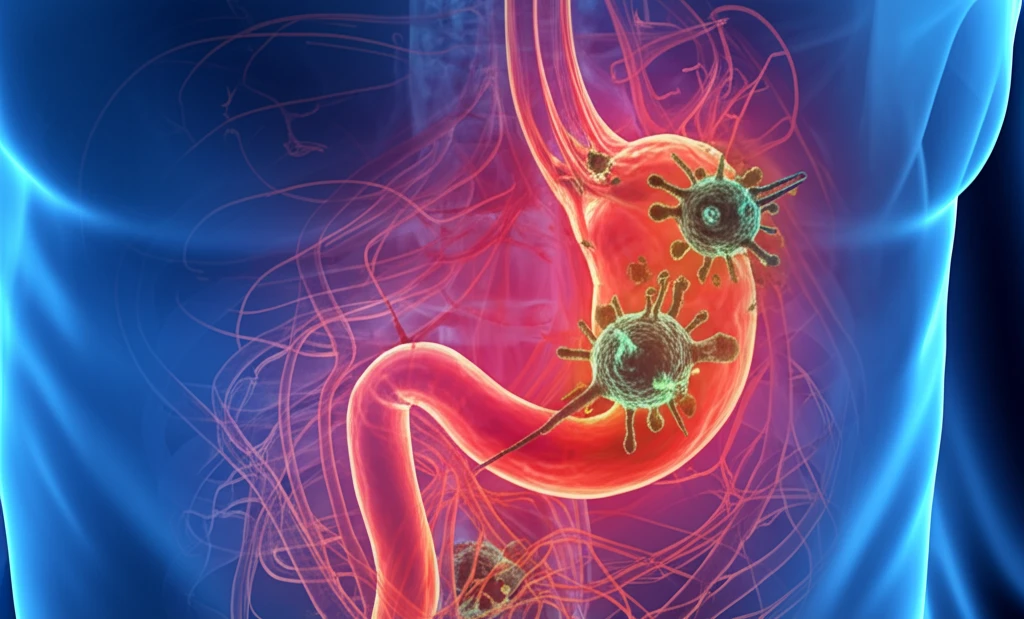
Esophageal Cancer Treatment: Why Initial PET/CT Scans Might Not Tell the Whole Story
"New research reveals the limitations of pre-treatment PET/CT scans in predicting the success of esophageal cancer therapies, emphasizing the need for adaptive strategies."
Esophageal cancer is a formidable disease, demanding innovative approaches to improve treatment outcomes. While combination therapies like chemoradiation (CRT) followed by surgery have become standard, local failures remain a significant challenge. Improving local control is crucial, leading researchers to explore ways to intensify treatment for high-risk areas within tumors.
One promising strategy is simultaneous integrated boost (SIB), where specific tumor subvolumes receive higher radiation doses. Identifying these 'high-risk' subvolumes, potentially characterized by higher metabolic activity, could allow for more targeted and effective treatment. This is where 18F-fluorodeoxyglucose positron emission tomography (FDG-PET) comes into play, a widely used imaging technique in cancer management.
A recent study delved into whether pre-CRT FDG-PET/CT scans can reliably identify residual metabolically-active volumes (MAVs) post-CRT within individual esophageal tumors. The findings challenge the assumption that initial scans can accurately predict treatment response, suggesting the need for more dynamic and adaptive strategies.
Challenging the Status Quo: What the Research Reveals About Esophageal Tumors?

Researchers at the University of Maryland School of Medicine conducted a study involving twenty patients with esophageal cancer undergoing CRT plus surgery. These patients had FDG-PET/CT scans both before and after CRT, which were then meticulously analyzed to assess the correlation between pre- and post-treatment metabolic activity within the tumors.
- Fraction of post-CRT MAV included in pre-CRT MAV: This measures the extent to which the metabolically active tumor volume after treatment is contained within the area identified as metabolically active before treatment.
- Volume overlap: A measure of how much the pre- and post-CRT metabolically active volumes coincide.
- Centroid distance: The distance between the centers of the pre- and post-CRT metabolically active volumes.
A Call for Adaptive Strategies in Esophageal Cancer Treatment
This research underscores the limitations of relying solely on pre-treatment imaging to guide esophageal cancer therapy. The disconnect between pre- and post-CRT metabolic activity highlights the need for adaptive strategies that incorporate real-time monitoring of treatment response. This may involve re-imaging during treatment to identify persistent areas of high metabolic activity, allowing for adjustments to the radiation plan to target these resistant tumor cells more effectively. The future of esophageal cancer treatment lies in personalized approaches that consider the dynamic changes occurring within the tumor during therapy.
